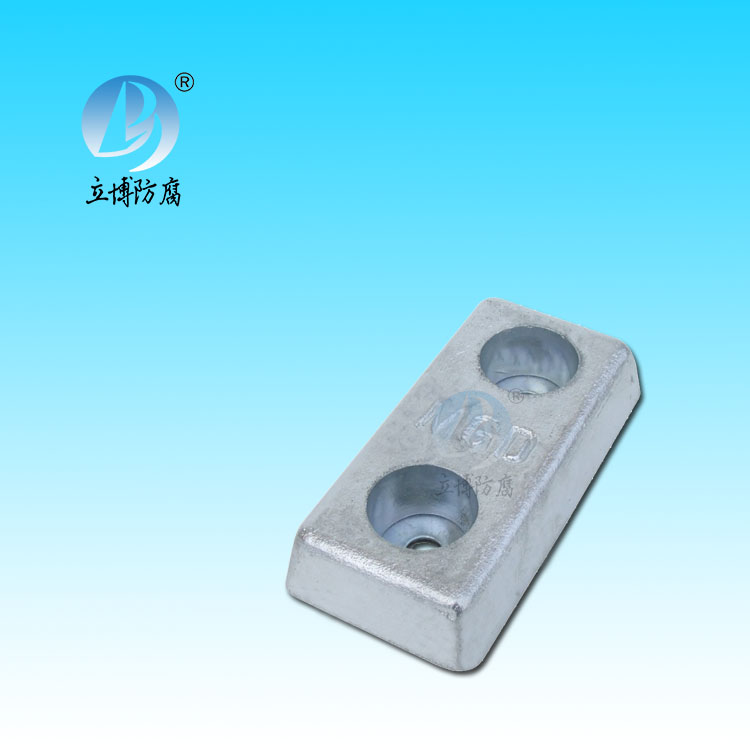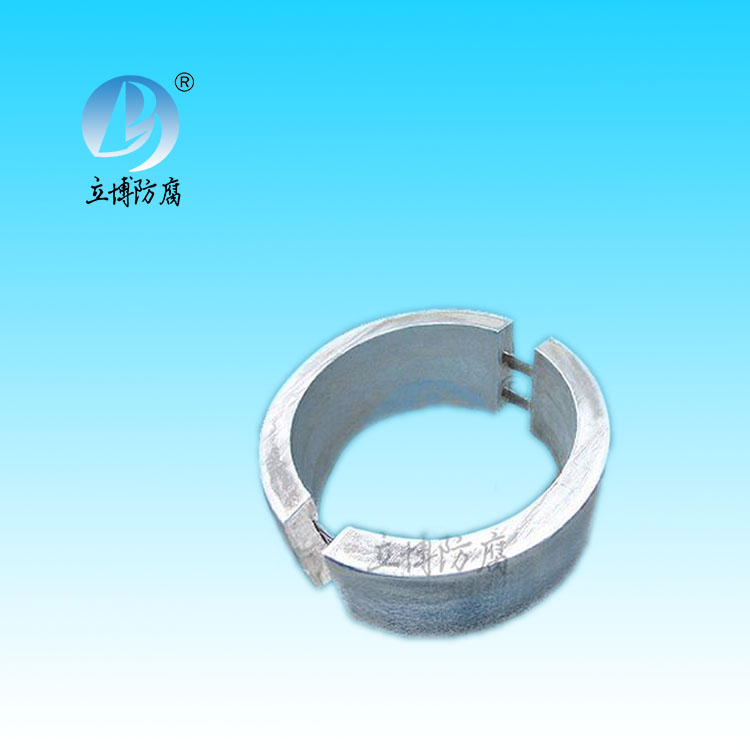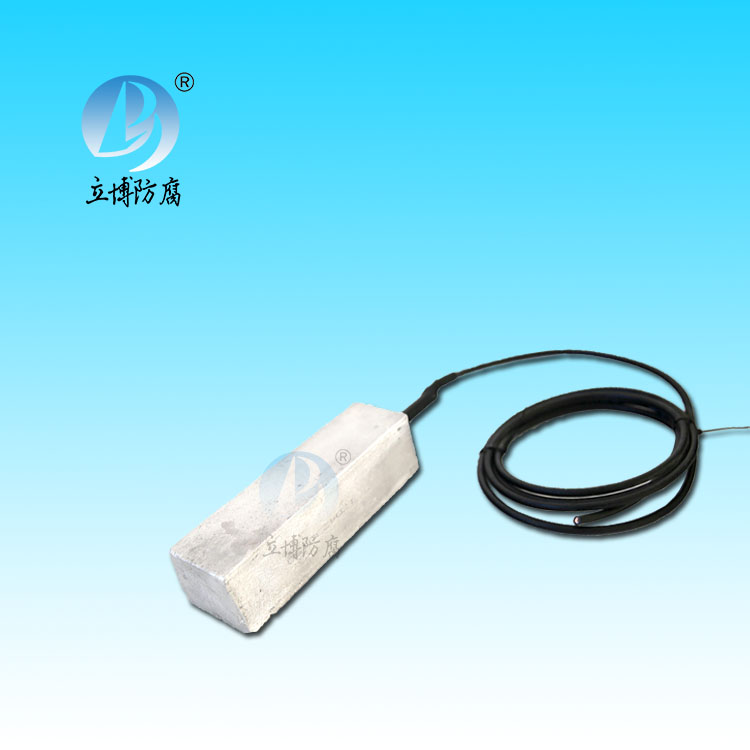News
News
- What is a sacrificial anode
- Basic requirements for reference...
- What does the reference electrode do...
- Why are zinc blocks attached to the ...
- What is the principle of impressed...
- What material does metal structure...
Contact
Phone:18739187123
hotline:0391-7588881
E-mail:970512272@qq.com
Address:Wuzhi County, Jiaozuo City, China
Company News
Development of electrolytic tinting process for tin salt
- Author:Libo
- Source:wwww.hellobodies.com
- Date:2021-06-11
- Click:0
In the earliest Asada patents, tin salt was not proposed as a component of the electrolytic staining solution for aluminium anodes, so at that time tin was only a possible electrode material. In the practice of industrial production, the defects of nickel salt coloring have become clear, and the problem of poor color uniformity of nickel salt coloring has been paid attention to.
The advantages of ac electrolytic coloring, after a lot of research introduced AC tin salt electrolytic coloring. As the color obtained by electrolytic tinting of tin salt has excellent uniformity, the tinting solution of tin salt electrolytic tinting will soon enter the commercial and practical stage. Subsequently, the author applied for a patent in Japan and approved the patent based on tin salt electrolytic coloring technology together with organic additives in L966 after examination.
Back in 1967 in Europe, many German anodizing workers were also concerned about the advantages of tin-salt coloring and used the tin-salt coloring process based on publicly available technical data. As a result, many Factories in Japan were also required to pay a large amount of royalties, but they were reportedly exempted from the fine on the grounds that they had referred to the author's literature in advance because the contents of the tin-salt electrolytic coloring tank were disclosed in the author's published paper.
Then the tin-salt electrolytic coloring was studied in detail in Europe, and it was shown that the tin-salt stained anodic oxide film had good performance, which made this process widely used.







 客服QQ
客服QQ